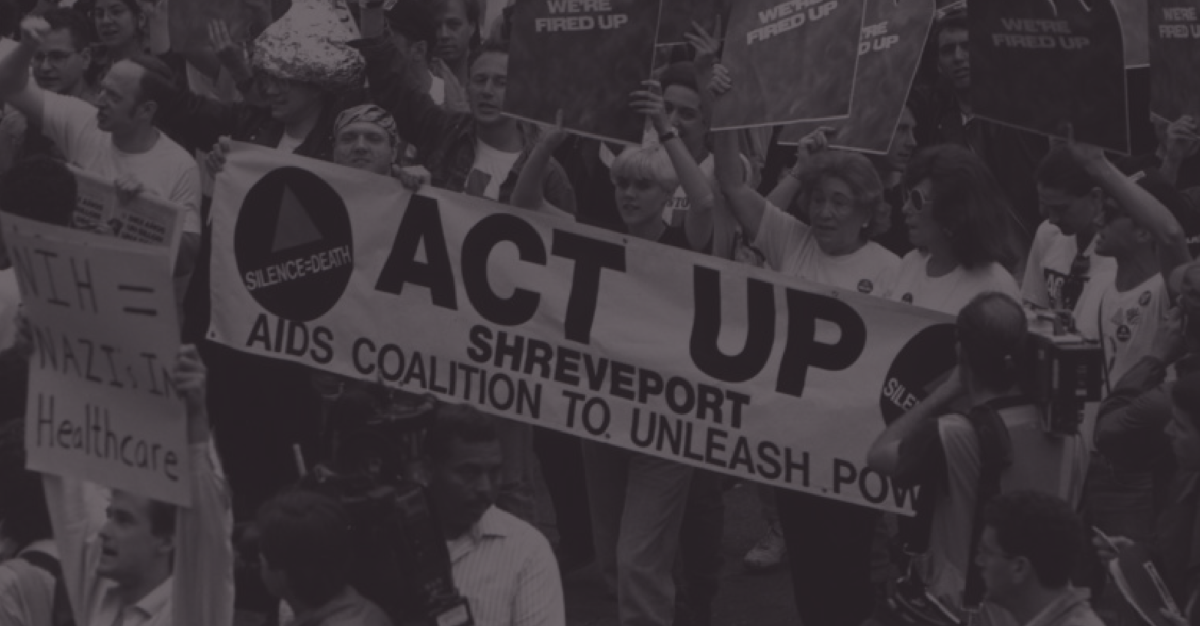She vividly remembers waking up with a swollen jaw, tooth pain that wouldn’t go away, and a sinking feeling as she realized what it meant.
Melinda Johnson of Hayesville, North Carolina, whose name has been changed to respect her privacy, does not have insurance of any kind, including dental insurance. Her children are currently on Medicaid.
Johnson usually begins panicking when she thinks about dental care. She knows that she does not have enough money to afford it, as she is already living paycheck to paycheck just to account for basic needs.
She said she usually must resort to the emergency room for dental care, where she is typically not treated kindly. In past experiences, staff thought she was seeking opioids instead of care for dental pain, so she always told them she’s not an addict so they would give her a fair chance.
Johnson says that there is an income-based dental clinic in Hayesville, but it doesn’t offer the kind of care that she needs, like multiple extractions, fillings, and implants. Most importantly, she needs multiple teeth removed so that decay doesn’t spread.
Searching for Care
Johnson vividly remembers a recent experience waking up with a swollen jaw and excruciating tooth pain that continuously got worse. Since she had no financial means to get the tooth pulled, she went to the emergency room and was prescribed an antibiotic for the infection and Toradol for pain.
After she finished the antibiotic, the pain subsided but swelling persisted. Her next step was to go see a regular doctor, who gave her higher dose shots of antibiotics. She has now finished those antibiotics, as well, but still does not have enough money to have the tooth fully treated.
Today, Johnson is still trying to find a dentist in her price range. She is looking for a dentist out-of-state while waiting on her paycheck.
Fear, Anxiety, and Shame
This experience has made Johnson feel self-conscious and embarrassed. Her feelings about it are so strong that she can’t speak about it without crying.
She admits that drugs, which are a huge issue in rural North Carolina, are a factor contributing to her dental issues. According to the Western North Carolina Health Network, 50.5 percent of adults in Clay County, where Hayesville is located, have been negatively affected by substance use.
According to Johnson, pregnancy was also very hard on her teeth. Hormone changes and morning sickness that result from pregnancy, for example, can negatively impact oral health. She recounts that she did not have a single cavity until her first child, and then after her second and third children it was as if her teeth were just breaking off one by one.
Impossible Choices
Johnson said that she doesn’t understand why dental care is so expensive and inaccessible. She said that she is trying to get her life back together and doesn’t want to have to beg for money “because of her poor choices.” She isn’t looking for a “free ride” by any means; she just doesn’t want to have to choose between “feeding her family and getting a tooth pulled.”
For Johnson and too many others in North Carolina and across the United States, this story is a daily reality. Oral health issues that for many are nothing more than a minor annoyance (perhaps an extra dental appointment and a filling away from a full resolution) disrupt the daily lives of those who can’t afford the care they deserve, deteriorating and developing into major health concerns.
NCOHC, a program of the Foundation for Health Leadership & Innovation, works to advance systems-level changes, improving the overall health and well-being of all North Carolinians by increasing access and equity in care. To stay up-to-date and get involved, join us today as a North Carolinian for Change.



